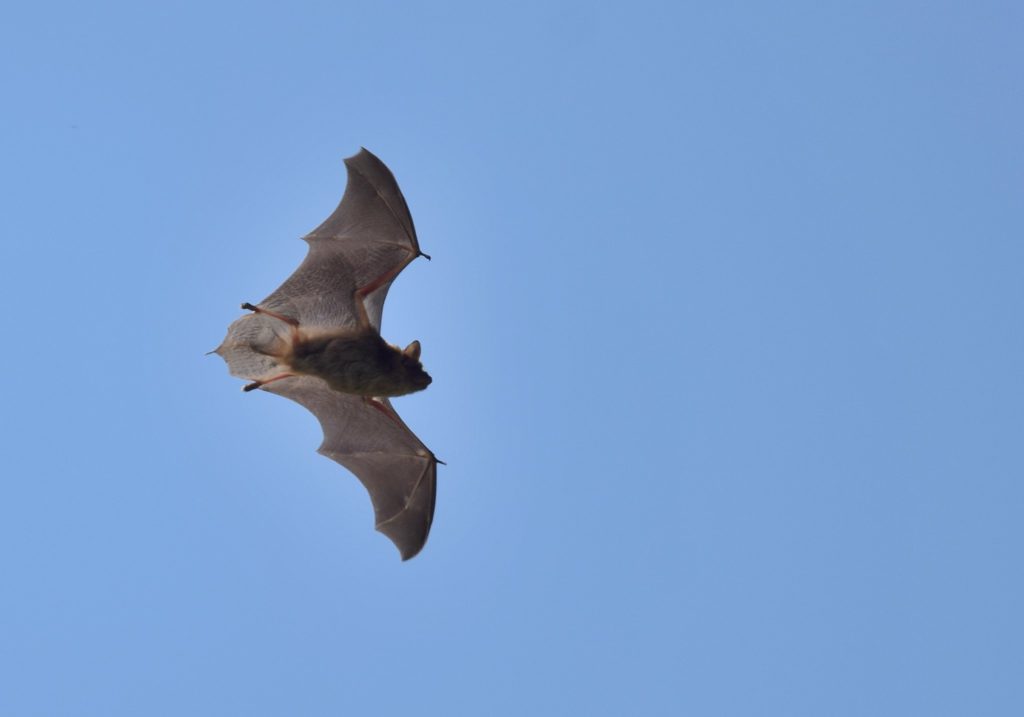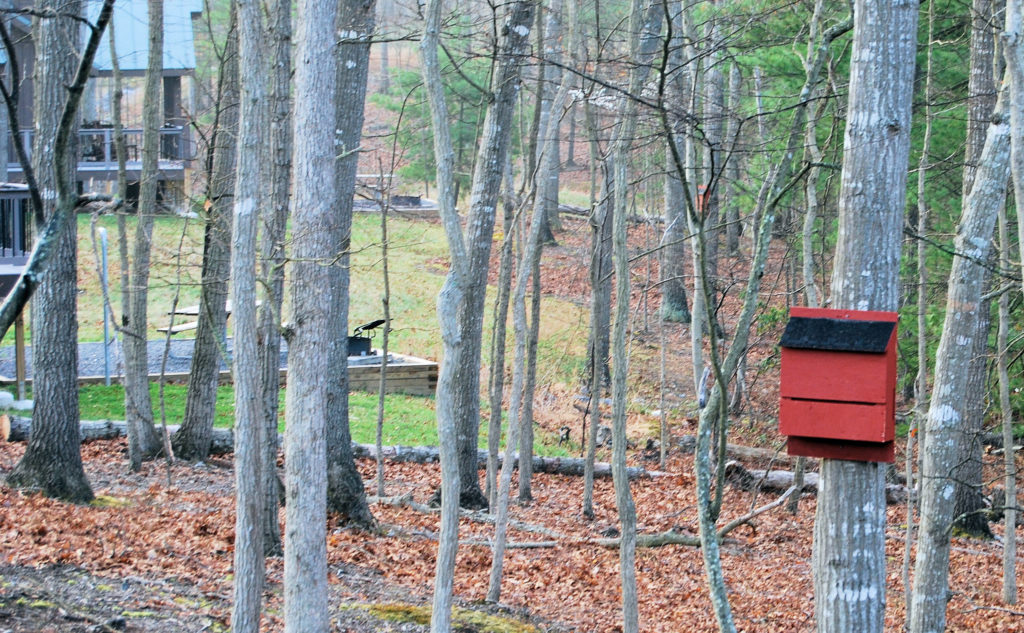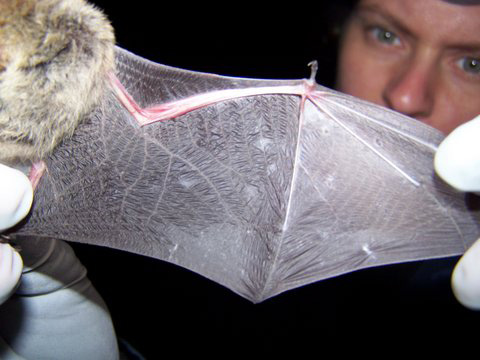Welcome to Creature Feature, a weekly series from the CELT education team highlighting local wildlife. Each week, we will share a short introduction to a local organism that you might encounter in your backyard or on our trails.
With the arrival of warmer days and the return of insects comes the awakening of bats! Eight different species of bat live here in Maine. The two most common are the Little Brown Bat and the Big Brown Bat, both of which can be found here in Cape Elizabeth.

Both the Little Brown Bat and Big Brown Bat are wonderful backyard residents to have. They are capable of catching up to 600 moths and 1,000’s of mosquitoes in a single night! You can build a bat box to attract bats to your yard, where they are excellent insect controllers. Learn more here.

Each fall, as the temperatures begin to drop and the amount of insects decline, these bats will migrate to a favorite hibernation site often a cave or abandon mine where they will spend the winter in hibernation.
Bats are also a food source for other animals in Maine. Predators of both the Little and Big Brown Bats include owls, hawks, raccoons and domestic cats.
Did you know that bats are the only mammals that can fly? A bat has a very flexible wing structure which is more like a human arm and hand than a bird’s wing. A thin membrane of skin extending between the “hand” and its body, as well as between each of the “finger” bones. Bats are able move their wings like a hand and can wrap their wings around their body or even hold an insect or fruit while they eat.

Bats are also capable of using echolocation (sound waves) to detect and catch insects. The bat makes a series of high-pitched clicks, then listens for those sounds to bounce back, allowing it to create a three-dimensional map of the area surrounding it.

Sadly, bat populations are getting smaller not only in Maine but all over the country. A disease called White-Nose Syndrome is causing high mortality in bats. An estimated 5.7 million bats have died from this disease. White-Nose Syndrome was first detected in a New York cave in 2006 and was confirmed in Maine in 2010. As a result of the steep declines in their population, two species of bat are listed under the Maine Endangered Species list, and one is on the Maine Threatened Species list.
This summer, watch the sky at dusk and look for something flying around your yard. If it looks to be flying erratically, it is likely a bat using its echolocation to catch and eat insects. Enjoy the show!
For more information on bats, check out http://www.batcon.org.
—BY LISA GENT, CELT EDUCATION COMMITTEE CHAIR
